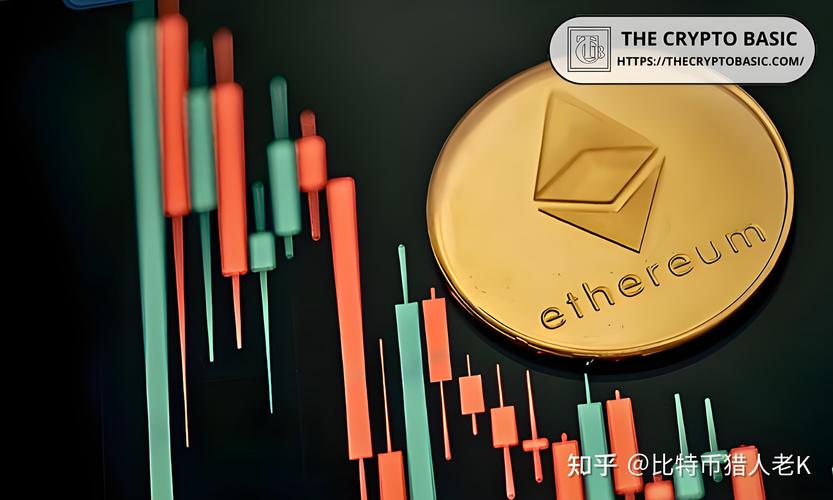Eth 2 Progress: A Comprehensive Overview
As the blockchain industry continues to evolve, Ethereum, one of the most prominent platforms, is making significant strides towards its next iteration. Known as Ethereum 2.0, this upgrade promises to revolutionize the way transactions are processed and secured on the network. In this article, we will delve into the various aspects of Ethereum 2.0’s progress, providing you with a detailed and multi-dimensional introduction.
Network Architecture
Ethereum 2.0 introduces a new network architecture known as Proof of Stake (PoS). Unlike the current Proof of Work (PoW) system, PoS requires validators to lock up their ETH tokens as collateral to participate in the consensus process. This shift aims to reduce energy consumption and improve scalability.

Under the PoS model, validators are chosen based on their stake in the network. The more ETH a validator holds, the higher their chances of being selected to validate transactions. This mechanism ensures that validators have a vested interest in maintaining the network’s security and integrity.
Sharding
One of the most significant improvements in Ethereum 2.0 is the introduction of sharding. Sharding divides the network into smaller, more manageable pieces, allowing for parallel processing of transactions. This approach significantly enhances the network’s throughput and reduces latency.
Sharding is achieved by dividing the network into 64 or more shards, each capable of processing transactions independently. Validators are assigned to specific shards, and only those validators can validate transactions within their assigned shard. This division of labor ensures that the network can handle a higher volume of transactions without compromising on security.
Rollups and Layer 2 Solutions
Rollups and Layer 2 solutions are another crucial aspect of Ethereum 2.0’s progress. These technologies aim to improve scalability by offloading some of the transaction processing burden from the main Ethereum network.

Rollups are a type of Layer 2 solution that bundle multiple transactions into a single transaction on the main network. This reduces the number of transactions that need to be processed on the main network, thereby improving scalability and reducing gas fees.
Layer 2 solutions, such as Optimistic Rollups and zkRollups, provide additional scalability benefits by allowing off-chain transaction processing. These solutions enable users to perform transactions off the main network, which are then aggregated and submitted to the main network for finality.
ETH 2.0 Launch and Roadmap
Ethereum 2.0’s launch has been a highly anticipated event in the blockchain community. The network is expected to launch in phases, with each phase introducing new features and improvements.
The first phase, known as the Beacon Chain, was launched in December 2020. This phase introduced the PoS consensus mechanism and the sharding concept. The next phase, known as the Merge, is expected to occur in 2022, where the Ethereum mainnet will transition from PoW to PoS.
Following the Merge, Ethereum 2.0 will continue to evolve through subsequent phases, including the introduction of cross-shard communication and improved scalability features.
Community and Developer Support
The Ethereum 2.0 upgrade has garnered significant support from the community and developers. Various organizations and teams are actively working on implementing and improving the Ethereum 2.0 infrastructure.
One notable project is the Ethereum Foundation, which is responsible for overseeing the development and deployment of Ethereum 2.0. Additionally, numerous independent teams and developers are contributing to the Ethereum ecosystem by building tools, libraries, and applications that support the new network.
Conclusion
Ethereum 2.0 represents a significant leap forward for the Ethereum platform, offering improved scalability, security, and energy efficiency. As the network continues to evolve, it is crucial for users and developers to stay informed about the latest progress and developments.
By understanding the various aspects of Ethereum 2.0’s progress, you can better appreciate the potential impact of this upgrade on the blockchain industry as a whole.
| Phase | Description | Expected Launch Date |
|---|---|---|
| Beacon Chain | Introduction of PoS and sharding | December 2020 |
| The Merge | Transition from PoW to PoS | 2022 |
